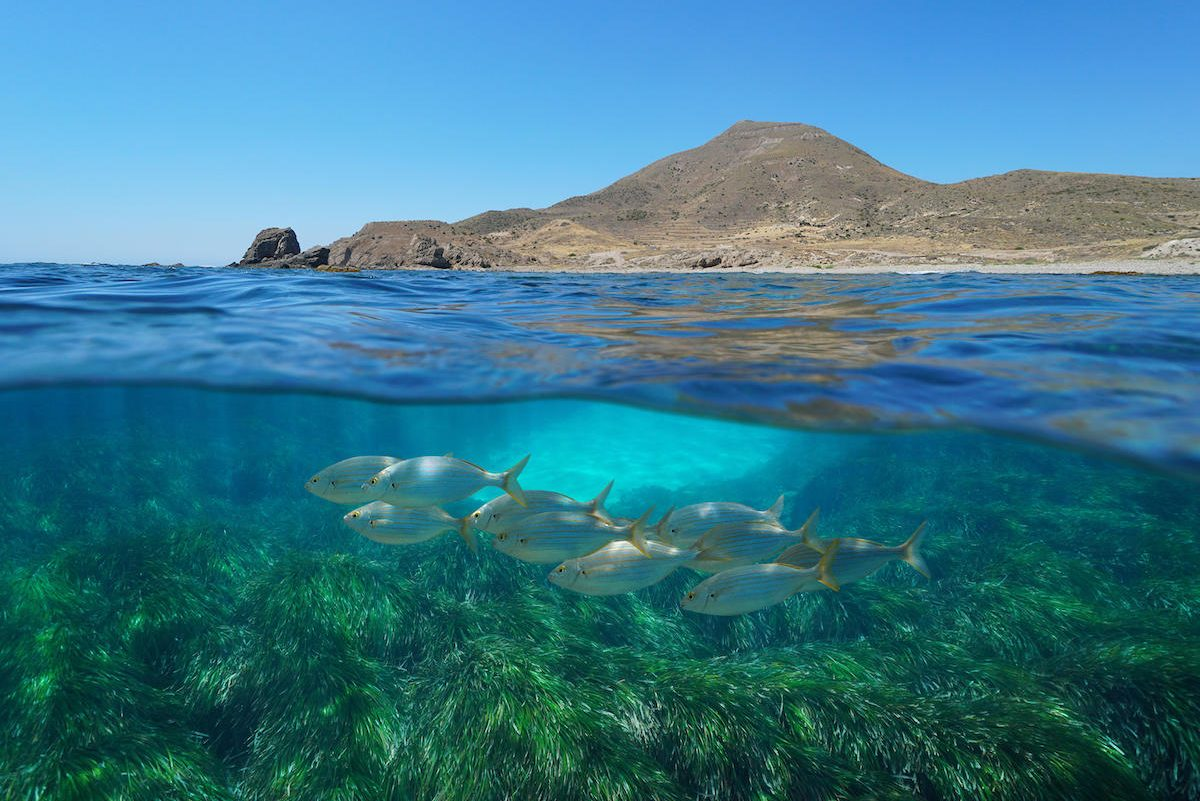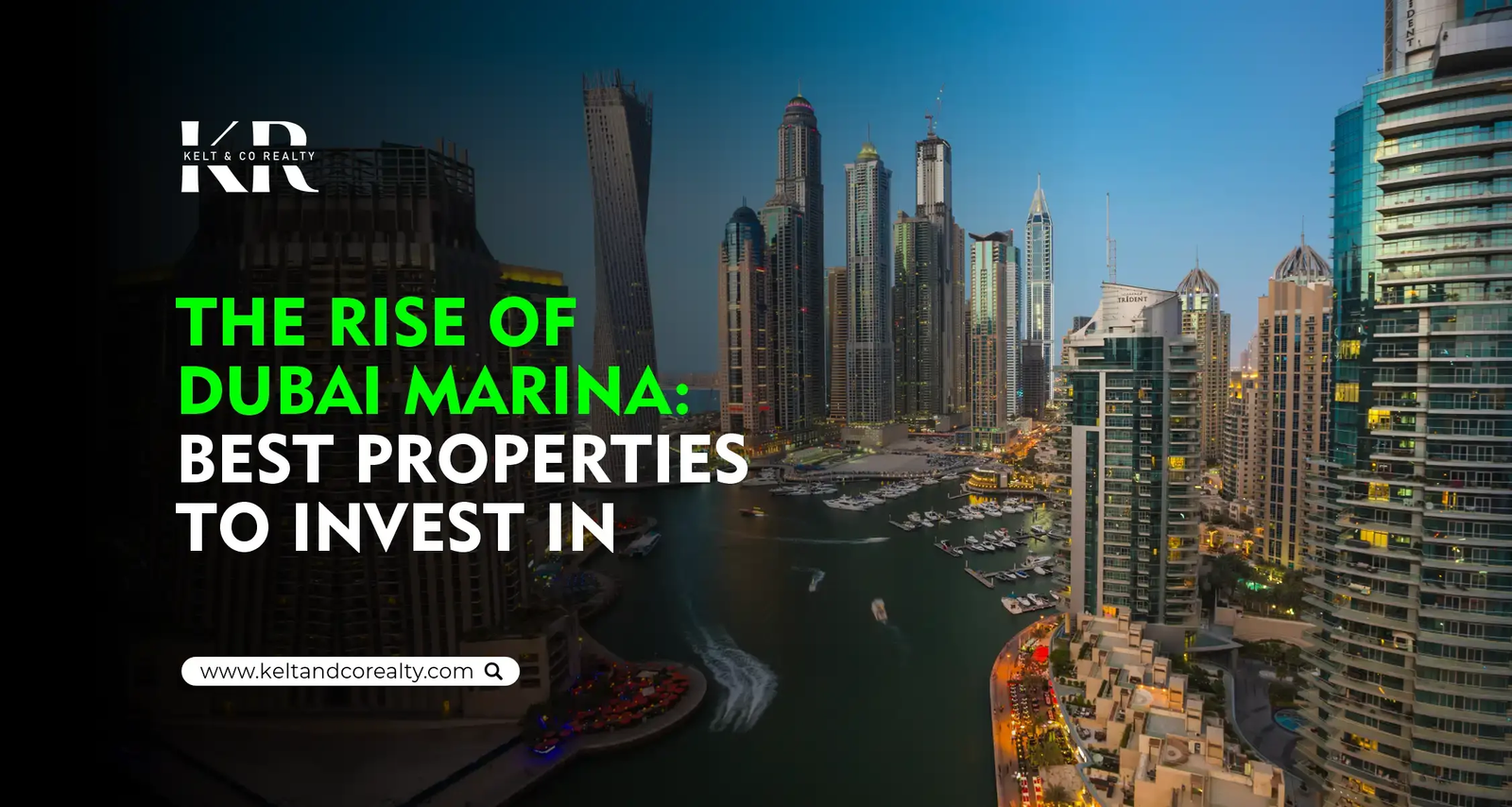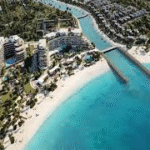Now Reading: Why the Blue Carbon Ecosystem Could Save Our Planet’s Future 2025
-
01
Why the Blue Carbon Ecosystem Could Save Our Planet’s Future 2025
Why the Blue Carbon Ecosystem Could Save Our Planet’s Future 2025

Table of Contents
As climate change becomes one of the biggest threats to human life and nature, scientists and environmentalists worldwide are turning to unexpected solutions to fight global warming. One such solution lies not in forests or factories but deep in our oceans—the Blue Carbon Ecosystem.
But what is this mysterious “blue carbon” and why is it suddenly making headlines across the globe? Let’s explore this quiet yet powerful force that is silently helping the planet breathe.
What Is the Blue Carbon Ecosystem?

The term “Blue Carbon Ecosystem” refers to coastal and marine environments like mangroves, salt marshes, and seagrass meadows that capture and store carbon dioxide (CO2) from the atmosphere. These natural underwater habitats are called “blue” because of their connection to water bodies, especially oceans and seas.
Unlike trees and plants on land that store carbon above the ground, these marine systems trap CO2 in their soils, roots, and sediments under water. This carbon remains stored for thousands of years unless the ecosystems are damaged or destroyed.
Surprisingly, even though they cover a much smaller area than terrestrial forests, blue carbon ecosystems can store up to 10 times more carbon per hectare than tropical rainforests. That makes them one of the most powerful tools nature has to fight climate change.
Why Is Blue Carbon Important?
The importance of blue carbon ecosystems is now clearer than ever. Here are some reasons why scientists and governments worldwide are paying serious attention to these underwater “carbon sinks”:
- Carbon Storage Powerhouses:
Mangroves, salt marshes, and seagrasses trap carbon far faster and for much longer than land forests. While forests may lose carbon due to fires or cutting, underwater sediments in blue carbon ecosystems can safely hold carbon for centuries or even millennia. - Coastal Protection:
These habitats act as natural shields for coastal areas. Mangroves reduce the strength of storm surges, waves, and floods, protecting millions of people living near the coastlines. They also prevent soil erosion. - Biodiversity Hotspots:
Blue carbon ecosystems are home to a vast number of marine species, from tiny fish to large sea birds. Seagrass beds, for example, provide food and shelter for endangered species like sea turtles and dugongs. - Supporting Local Livelihoods:
These ecosystems support fishing industries and tourism, helping coastal communities survive and thrive economically.
The Threat to Blue Carbon Ecosystems
Despite their importance, blue carbon ecosystems are under serious threat. According to the United Nations Environment Programme (UNEP), more than one-third of these vital habitats have been destroyed in the past 50 years due to human activity such as:
- Coastal development (like ports, hotels, and cities)
- Pollution (sewage, plastics, and chemicals)
- Overfishing and unsustainable aquaculture
- Climate change-related impacts such as rising sea levels and ocean acidification
When these habitats are damaged, not only do they stop absorbing CO2, but they also release the stored carbon back into the atmosphere, making climate change worse.
For example, if mangroves are cut down to make room for buildings, the carbon locked in their soil could escape into the air as greenhouse gases, contributing to global warming.
Global Efforts to Protect Blue Carbon Ecosystems
Thankfully, governments and international organizations are waking up to the importance of blue carbon. Countries like Australia, Indonesia, and the United Arab Emirates are taking action to conserve and restore these marine environments.
Some key global initiatives include:
- The Blue Carbon Initiative:
Led by UNESCO, Conservation International, and IUCN, this program works to promote blue carbon ecosystem conservation worldwide. - Mangrove Restoration Projects:
Countries such as India, Kenya, and the Philippines are restoring mangrove forests to protect coastlines and boost carbon storage. - Inclusion in National Climate Plans (NDCs):
Many countries are now adding blue carbon protection to their official climate pledges under the Paris Agreement.
Challenges Ahead
While blue carbon ecosystems are gaining recognition, several challenges remain:
- Lack of public awareness: Most people have never heard of blue carbon or its benefits.
- Insufficient funding for conservation projects.
- Difficulty in measuring and verifying the carbon stored in these ecosystems, making it hard to include them in carbon credit markets.
Experts suggest that stronger laws, more research, and better education are needed to fully realize the potential of blue carbon solutions.
What Can You Do to Help?

You may wonder how individuals like you can make a difference. Here are some simple actions anyone can take:
- Support sustainable seafood choices to reduce pressure on coastal ecosystems.
- Reduce plastic waste that often pollutes marine habitats.
- Donate to or volunteer with organizations that protect coastal and marine areas.
- Spread awareness by talking about blue carbon and sharing this information with others.
A Blue Future for a Greener Planet
The Blue Carbon Ecosystem may still be an unknown hero, but its potential to fight climate change, protect biodiversity, and safeguard coastlines makes it a key part of the planet’s future survival. By preserving and restoring these habitats, humanity could unlock a powerful natural solution to the climate crisis—one that lies not in the sky or on land, but silently working beneath the waves.
As governments, scientists, and communities come together, the hope is clear: a healthy blue carbon ecosystem could mean a healthier Earth for generations to come.
Read More:- Shobha Realty Launches Its Most Luxurious Project Yet—Full Details Inside 2025






















